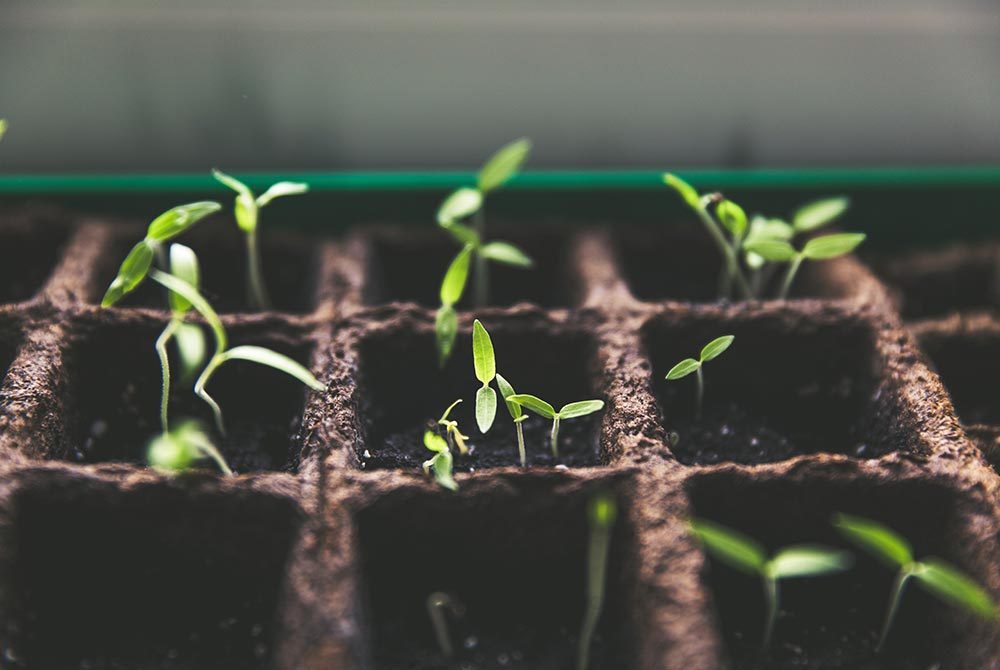As an ever-increasing number of brands go ‘ethical’ in one way or another, the number of buzzwords used to market products can get confusing.
The sourcing of products and inputs can be ‘responsible’, ‘ethical’, ‘honest’, ‘slow’, ‘sustainable’, or ‘fair’, to name a few. In the jewellery industry, we believe ‘responsible’ and ‘sustainable’ are the most important terms for companies to familiarise themselves with. In this blog, we will explain the distinction between the two, and how companies can engage in responsible and sustainable sourcing to effectively manage risks in their supply chain.
As we detailed in previous blogs in this series, jewellery and raw materials supply chains can produce considerable negative social and environmental impacts. The risk management of these impacts is important — it can enable companies to build and maintain customer trust and protect brand reputation.
Jewellery companies may decide to address the risks in their supply chains for a range of reasons, including:
- Ensuring processes meet the requirements of laws and voluntary standards
- Building resilience into procurement by mapping suppliers and identifying opportunities to diversify sources
- Protecting value by making sure their own operations and supply chains are risk-ready
- Responding to advocacy group pressure and pledging to make improvements to operations
- A sincere interest in protecting and generating positive outcomes for society and the environment
- Adapting to consumer demand for more ethical products
As a first step in this process, jewellery companies large and small should first aspire to practice responsible sourcing. This is now considered the basement to be expected by shareholders, business partners, and customers.
What is Responsible Sourcing?
Broadly speaking, responsible sourcing is:
- Doing Right: Ensuring processes comply with or fulfil mandatory and/or voluntary standards that are designed to promote and protect human rights, health and safety, fair remuneration for employees, integrity, and the environment
- Doing Well: Implementing the above laws or standards in a way that increases profit and builds brand value

Pressure on companies to source precious metals and minerals responsibly comes in many forms, including through:
- Legal requirements, like the European Union regulation on responsible sourcing of ‘conflict minerals’ (which comes into force in 2021) or Section 1502 of the US’s Dodd-Frank Act
- Voluntary requirements that act as a market-entry standard for suppliers, like the Responsible Jewellery Council Code of Practices or the OECD Due Diligence Guidance
- Advocacy group demands to improve policies and procedures, and their public visibility
So, how can a company in the jewellery industry engage in responsible sourcing?
- Identify mandatory and/or voluntary responsible sourcing laws and standards relevant to your sector and understand how these apply to your business, markets, suppliers
- Join industry associations and/or chambers of commerce that provide support and guidance on complying with these laws and standards
- Write company policies that align your commitments with laws or the fulfilment of standards. They should be robust, inclusive, and specific to your operations. Ensure these are integrated into your processes and procedures, risk management, and decision-making systems. It is essential you use a comprehensive Supplier Code of Conduct to communicate your values, commitments, and expectations to suppliers in relation to operating responsibly
- Show your commitment and enable consumers to see what you are working towards by making these policies publicly available. Releasing a statement on your company’s commitments to sourcing responsibly is also common and advisable. This could be a single page on your website, or a large, regularly updated responsible sourcing document, like this example from Unilever.
- Ignore the commonly mistaken belief that to source responsibly you must remove all possible risks from your supply chains. You cannot fully de-risk a supply chain, but you can manage risks according to their level. This tendency to expect nothing less than immediate ‘perfection’ is often a barrier to jewellery companies exploring the possibility of sourcing precious metals and minerals from artisanal and small-scale mining – one of Human Rights Watch’s criteria for responsible sourcing in the jewellery industry, as detailed in their recent report. We will look at how to source responsibly from artisanal and small-scale mines in the next blog in the series
Once companies have successfully implemented responsible sourcing practices, they can consider advancing to sustainable sourcing.
What is Sustainable Sourcing?
Sustainable sourcing goes further than responsible sourcing, incorporating practices that actively generate social and environmental good beyond laws and standards, with a longer-term vision of continuity, conservation of resources and empowerment of actors in the supply chain.
Sustainable sourcing is Doing Right and Doing Well, as mentioned above, but additionally it is:
- Doing Good: Protecting and generating positive impacts for society and the environment

Jewellery companies that seek sector reform, drive agendas, and act as role models for other businesses recognise the potential negative impacts that their precious metals and minerals sourcing can have on producer nation societies and seek to counter these with positive outcomes.
How can jewellery companies engage in sustainable sourcing?
- Think about your contribution to sustainable sourcing as a journey. Map your supply chain and identify where you can make positive impacts. This could be locally or internationally, and should be scaled according to the size of your business – if you operate on a large scale, think big. Reviewing the Sustainable Development Goals is a great way to start thinking about what and whom your work impacts
- Focus – decide which issues, geographies, values you want to deliver on through your sustainable sourcing activities (one, some, all?) and make a plan to communicate your reasons to stakeholders.
- Set SMART goals to ensure you can reach your objectives
- Seek out initiatives that do good in your chosen areas and contact them to see how you can support or contribute to their work.
- Collaborate to increase the breadth and depth of impacts. Other companies, industry associations and civil society can provide strategy, capacity, and expertise to help you generate greater good for society.
- Monitor and evaluate what you’re doing to ensure efficacy.
- Communicate your progress. Market research shows that, in an era where transparency is valued and expected, consumers appreciate companies who publicly disclose their progress, even when imperfect.
- Advocate publicly for sustainable sourcing. Sustainable sourcing practices are a competitive differentiator, inspiring consumers, other retailers and manufacturers, and actors across supply chains to evaluate their relationship with raw materials. When the sea change happens, vanguard companies will be industry go-tos for case studies of good practice. Being ahead of the curve can be valuable.
Sourcing responsibly and sustainably are aspirations every business should have. We advise to start small and aim for the low-hanging fruit first.
If you’re ready to scale up your sourcing aspirations, we can help.
The 'Better Business in the Jewellery Sector' blog series is written by jewellery, due diligence, and responsible sourcing experts from Levin Sources. Review and additional content for this blog was by Estelle Levin-Nally, Dr. Yolande Kyngdon-McKay, and Theodora Panayides.



